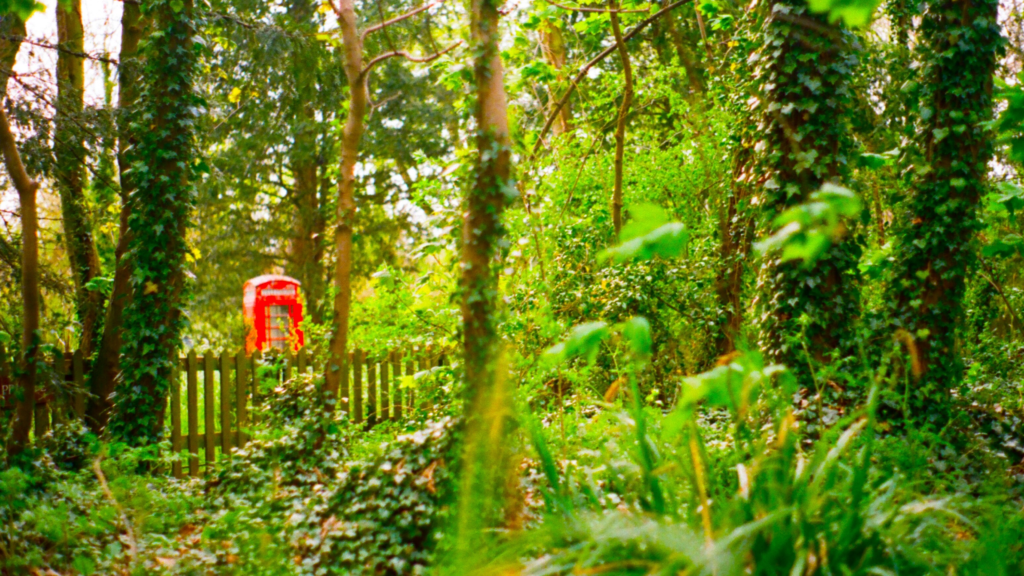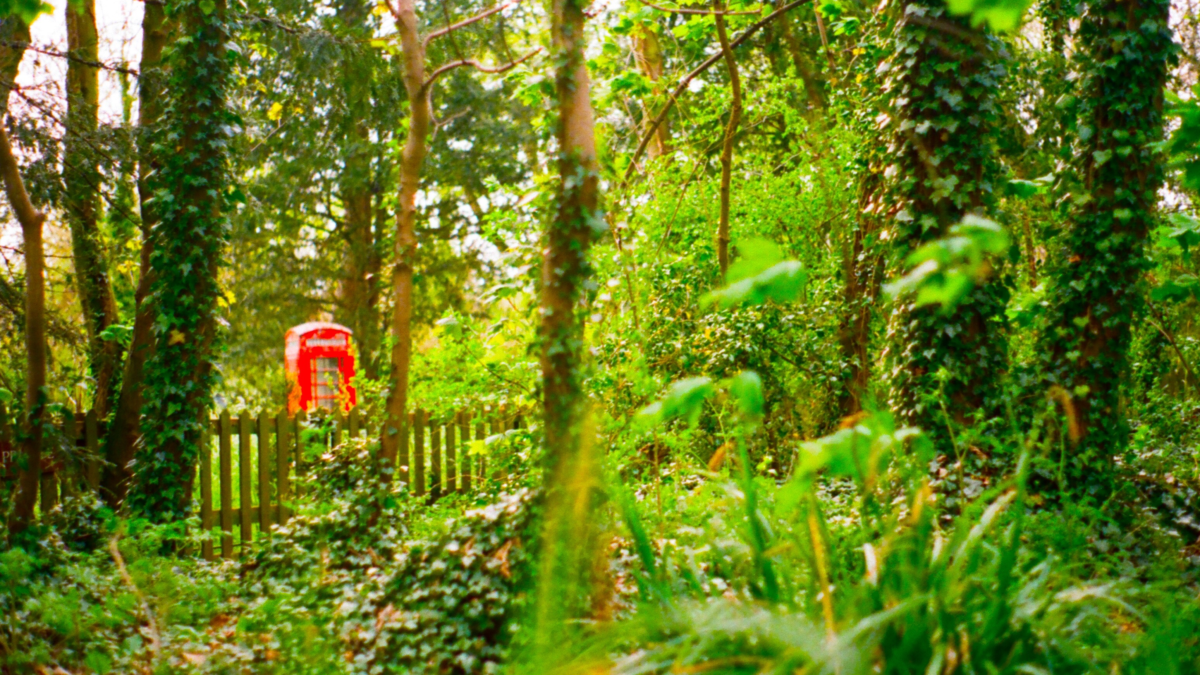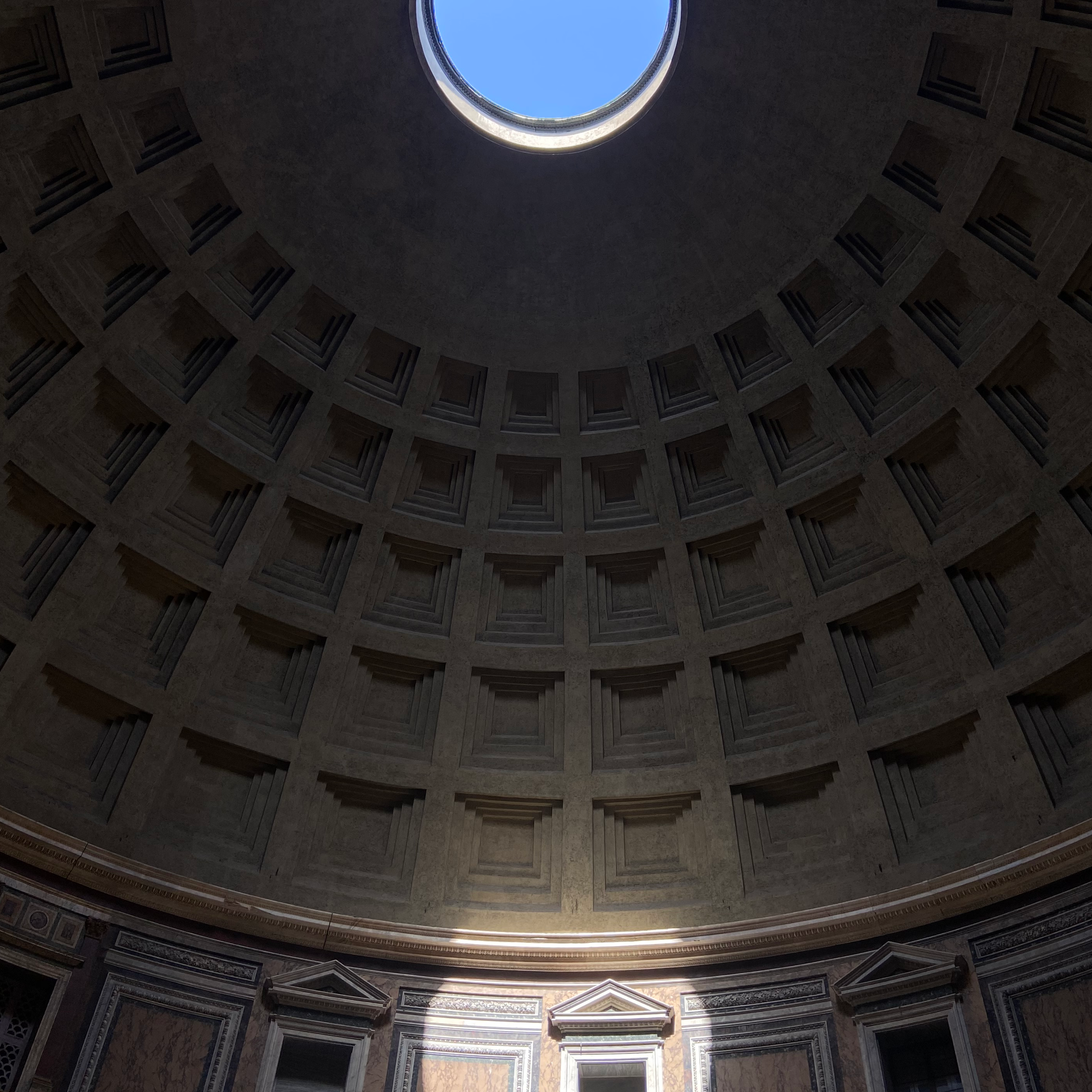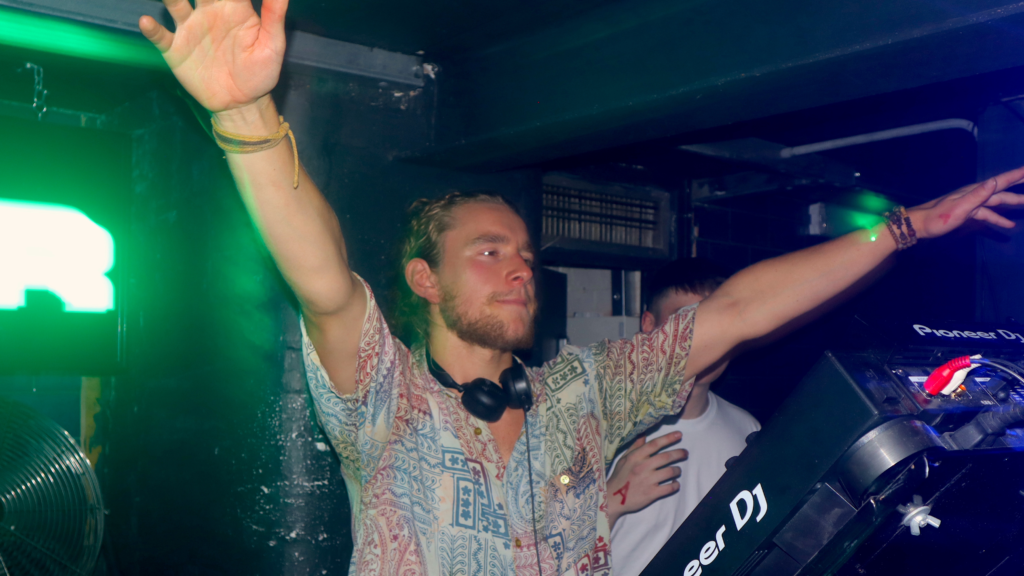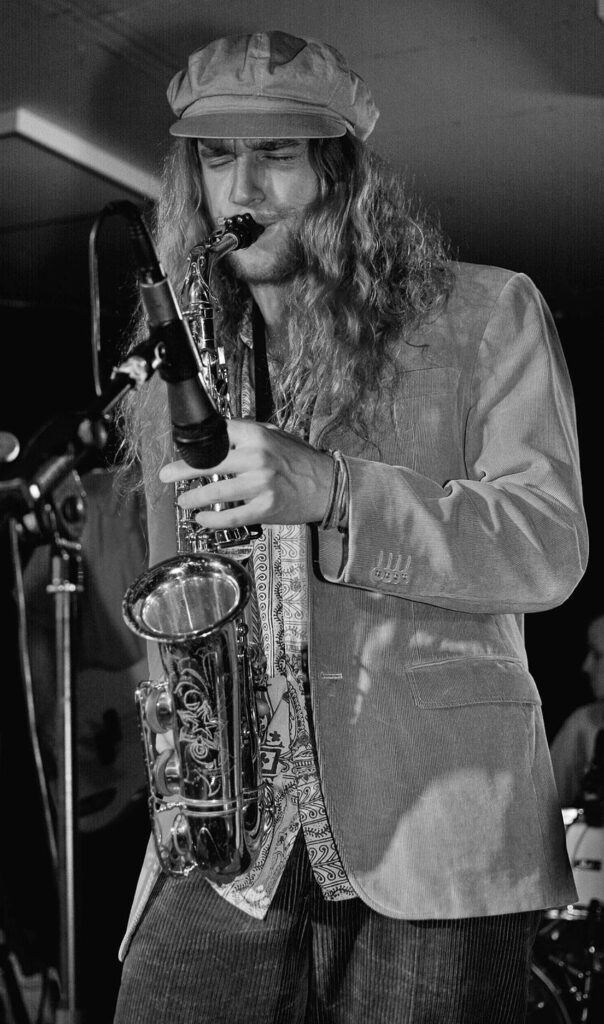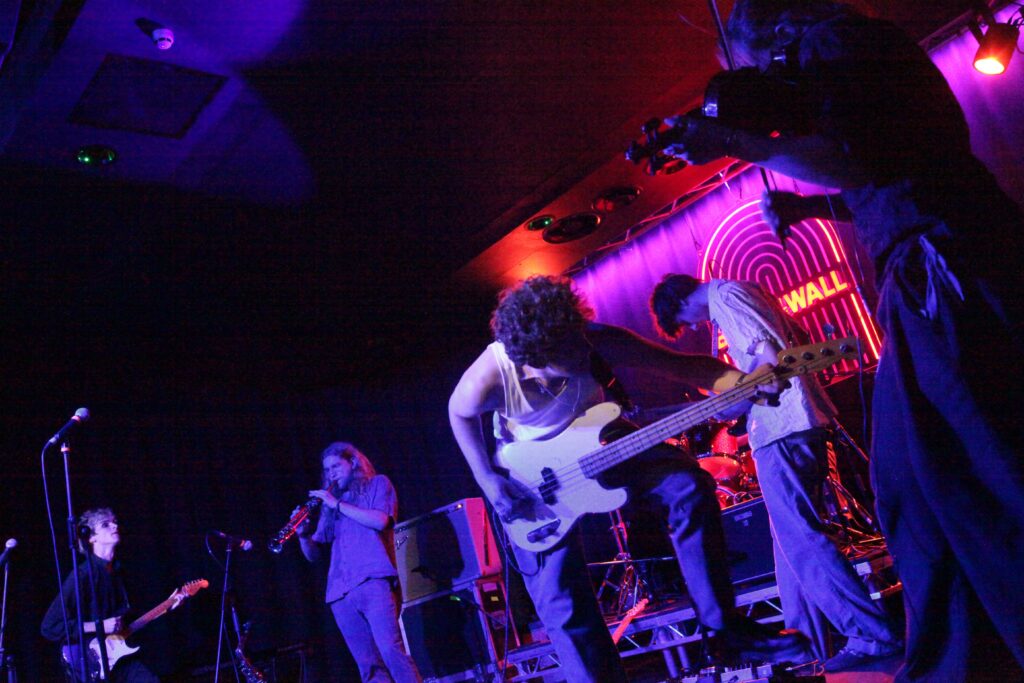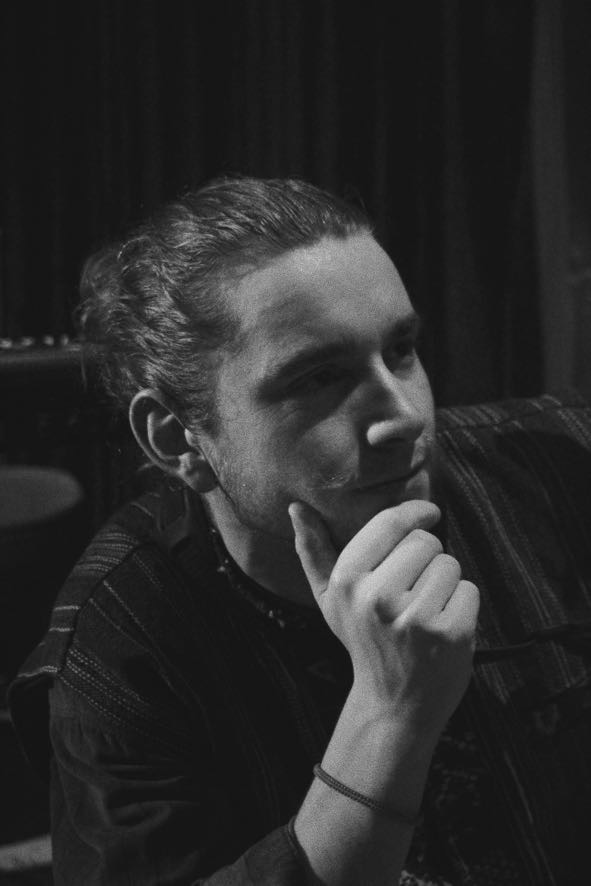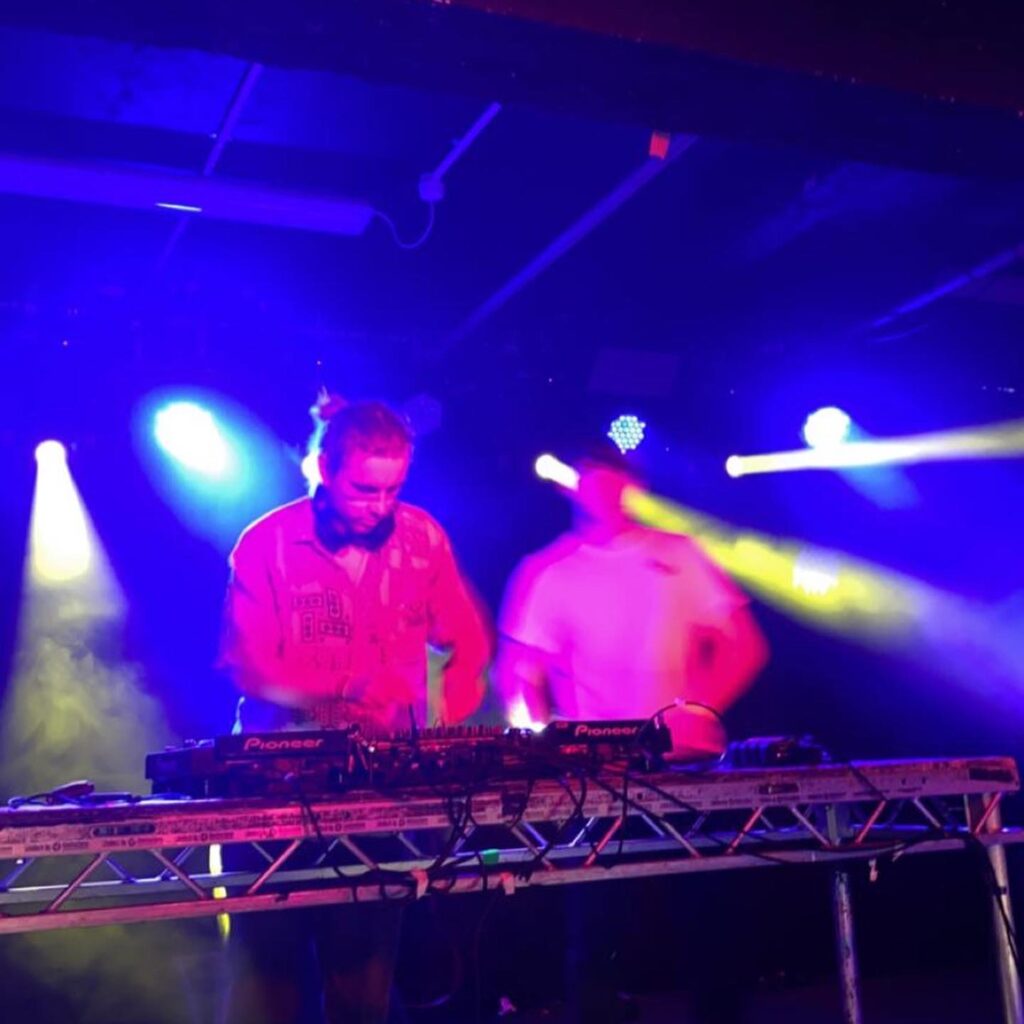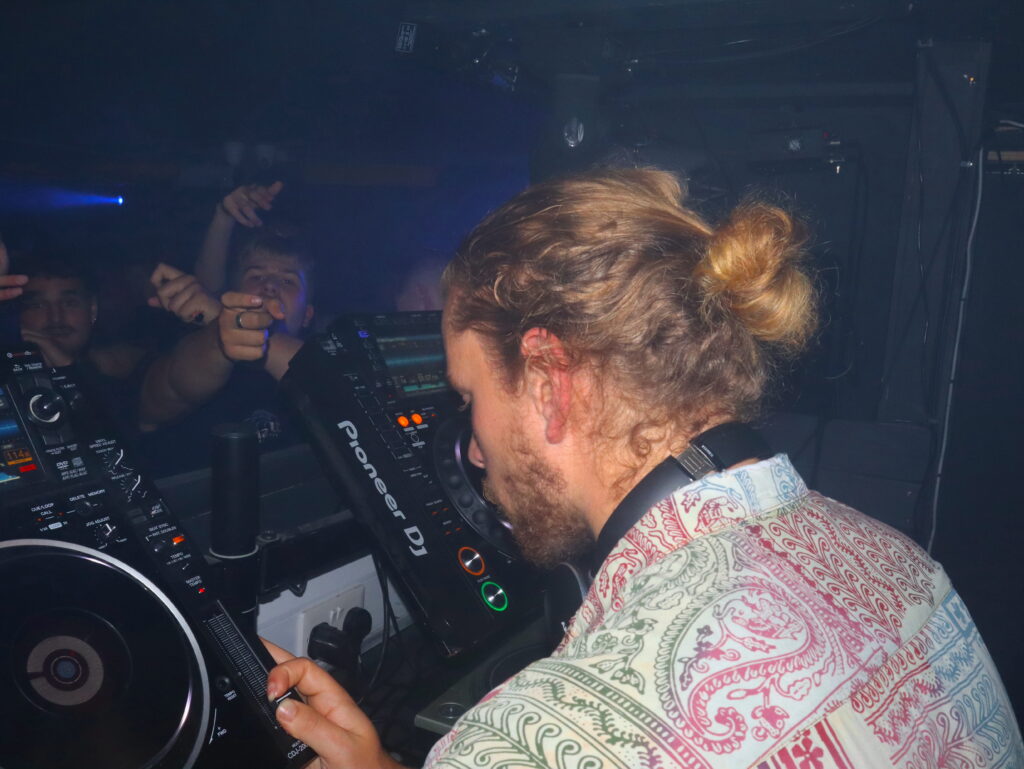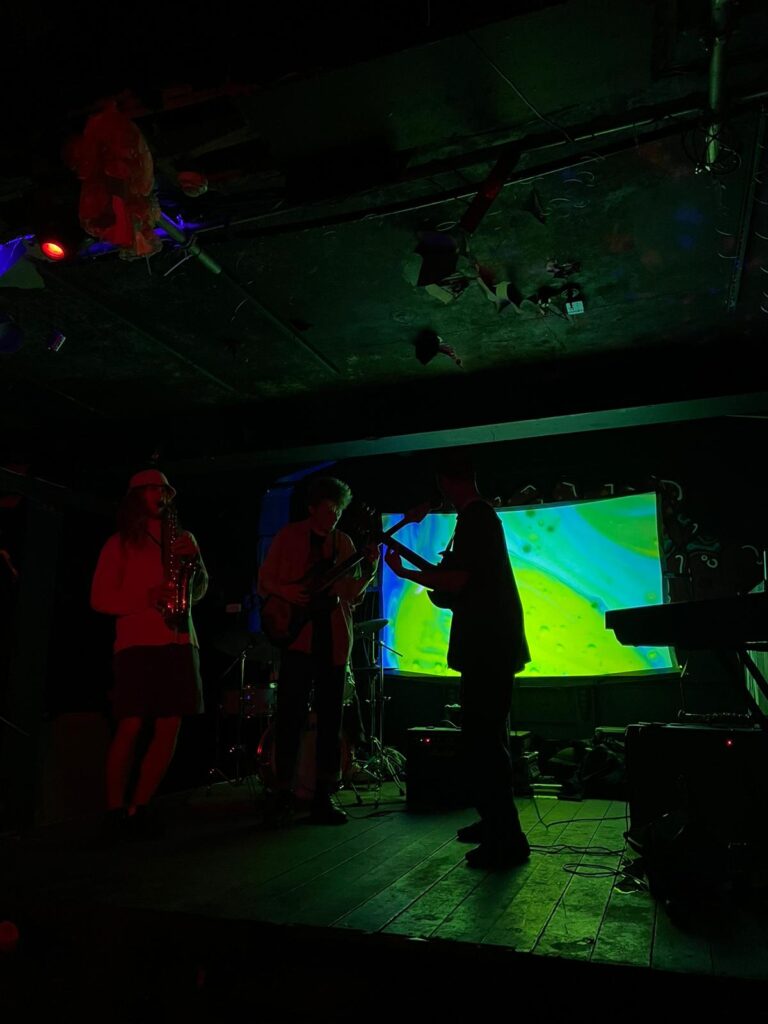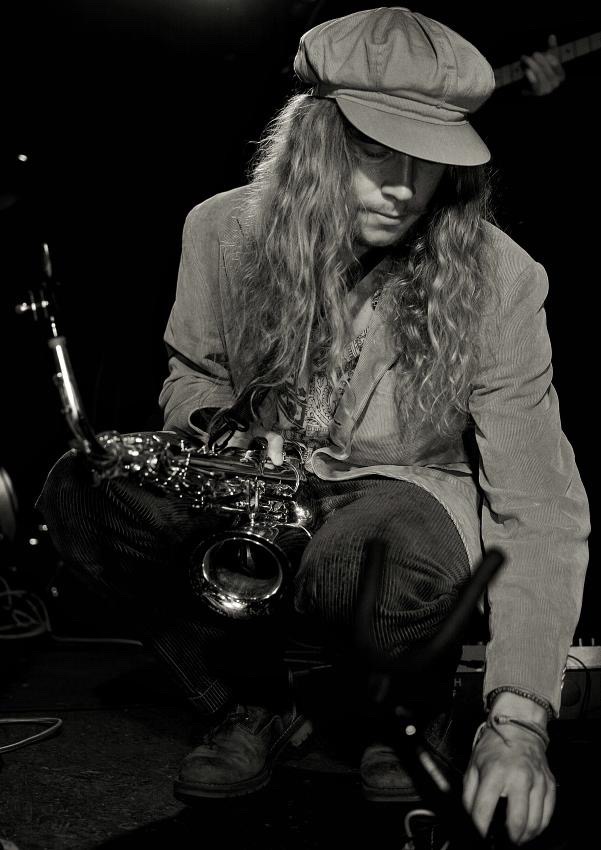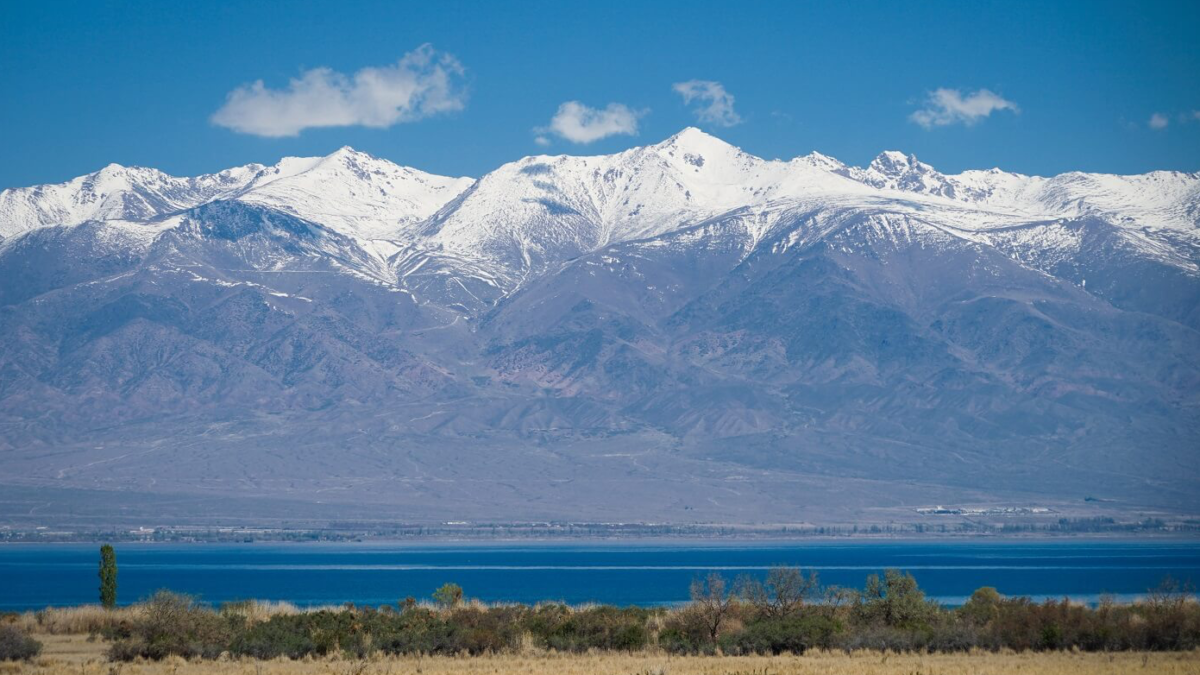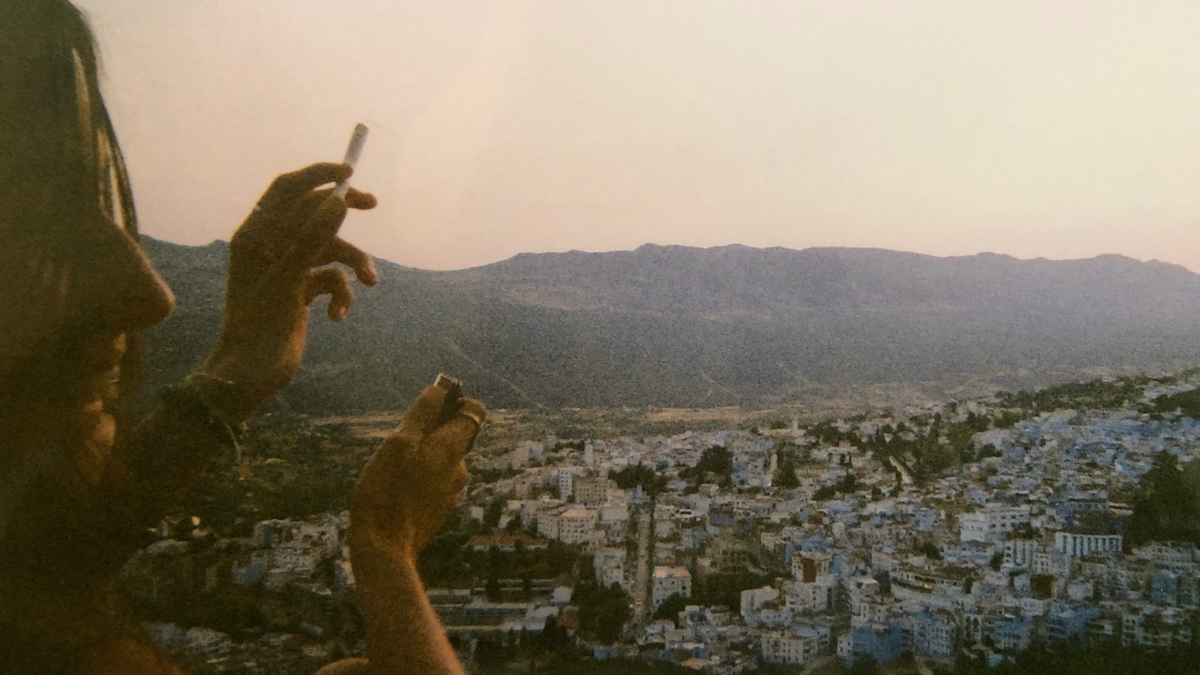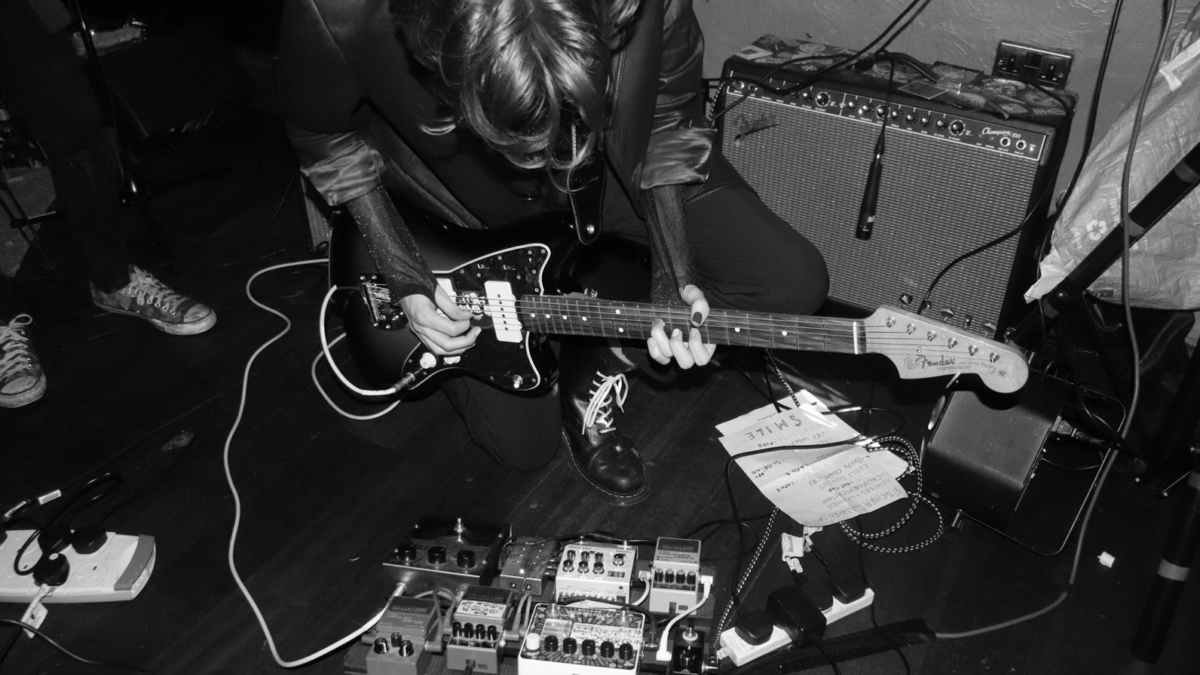By Ed Osborne.
If I asked each of you reading this which genre of music you believe has had the greatest influence over mainstream music and culture, what would you say?
The most common (and probably accurate) answers would gravitate to commercial giants like hip-hop, rock ‘n’ roll, or going further into the past, jazz and blues – all arguably correct choices.
However, pretentious-indie-kid-wannabe that I am, I have to propose an obscure alternative to these that’s cool enough to earn me a knowing nod from the leather-jacketed, doc-martened, cigarette-dragging hipsters I’ll see at gigs. So, meet Post-punk: a moody, depressed genre of music that had a cult popularity in underground music circles from 1978-83, and has only briefly resurfaced from time to time since.
Don’t look at me so cynically though, I’m not just doing this for cool points – I really do believe that post-punk is the most underrated and underappreciated genre of the last 50 years. It’s had a huge influence on subsequent popular music but has received almost no mainstream attention itself. To see my conviction, you only have to glance at my record collection, or the number of books on Joy Division and the Cure I’ve accrued (and then breathe a sigh of relief at the absence of Morrisey’s albums or autobiography).
Emerging from the ashes of the self-righteous and self-consuming fire of the punk movement, post-punk is what happens if you take a punk song, give it a hangover, abandon it in a warehouse in Manchester, and then play it to a very small crowd. The instrumentation is stripped down, sparse, and more rhythmic; guitars are often washed in reverb, whilst the bass plays the melody line. The drums sound industrial, the snare like a gunshot. The production is distinctive, mostly down to one man – Martin Hannett – who produced Joy Division and the rest of Factory Records’ bands in the late 70’s and early 80’s.
The lyricism was also radically different; gone was the escapism of rock ‘n’ roll, or the raging protest of punk. Instead, lyricists such as Ian Curtis and Robert Smith write with a seemingly numb acceptance of a broken status-quo, seeking only to document their own experiences with it, rather than cry for a revolution or glamorous alternatives. The Cure’s ‘10:15 Saturday Night’ gives us none of the ‘sex, drugs, and rock ‘n’ roll’ we would usually associate with such an evening; instead we are left with the bleak image of a tap dripping into the kitchen sink, whilst Smith watches and waits for a phone call.
The watershed moment in post-punk’s formation came when Joy Division – considered to be the quintessential band of the genre – performed their ‘hit’ (by post-punk’s standards) single ‘Transmission’ on Tony Wilson’s ‘Granada Reports’ TV show. The genre and its aesthetic were now distinguishable from punk and an exciting embodiment of a new underground musical future. Unfortunately, this exciting beginning didn’t last long: just before the release of their second critically acclaimed album, Joy Division’s frontman, Ian Curtis, took his own life, and the band ended.
When they reformed, after some time off, as New Order, their sound had progressed – although it retained the driving rhythms and distinctive bass playing of Joy Division, it was now unmistakeably dance-oriented. Their 1983 single ‘Blue Monday’ almost single-handedly kickstarted the UK Dance scene, which operated out of Factory Records’ club, the Hacienda. By the mid-eighties, the record label and band responsible for originating post-punk had swiftly become dance acts, whilst retaining their countercultural edginess.
Elsewhere in Britain, the rest of the ‘scene’ was also branching out into new landscapes of sound. The Cure, Bauhaus, and Siouxsie and the Banshees exaggerated their theatrical gothic image, becoming icons of goth rock, before the Cure ventured further into new wave and art rock later on in the decade. Many of the original post-punk bands are indie darlings nowadays, and their albums classics, but post-punk’s influence stretches into the mainstream, too. Stadium rock giants U2 began their careers as a Dublin post-punk band, and whilst their sound has expanded, their lyrics have remained honest, emotional, and realist. Aside from individual bands, the sound of post-punk has bled into countless genres: its distinctive drum sound can be heard in almost all 80s pop, from Michael Jackson to Duran Duran.
In the 90s, the popularity of grunge and pop-punk forced post-punk’s distinctly 80s sound to take a backseat, but the new millennium brought it straight back into popular consciousness with the sudden popularity of New York’s ‘post-punk revival’ indie scene. Bands like The Strokes and Interpol had made post-punk sound fresh again, leaving the overproduced drums behind in the 80s but keeping the interlocking melodies of the guitar and bass, and continuing to foreground their personal lyrical stories in a straightforward, no-frills delivery. The ‘revival’ took a while longer to reach the UK, arriving almost halfway through the 2000’s with Franz Ferdinand, Arctic Monkeys and, strangely, a little-known Las-Vegas based band who were struggling to find any popularity in the states: The Killers. All of these acts have been unanimous in crediting original post-punk bands as inspirations, and their work in modernising the genre’s sound to keep up with the sonic trends of the 2000’s has kept the genre alive to fuel the wave of rock and indie bands that emerged in the wake of the ‘revival’ trailblazers.
Unsurprisingly, the wave of 80’s nostalgia that swept popular culture in the mid 2010’s flooded the music world with a craze for anything synthy, and original post-punk was back on the menu. If it sounded at home on the Stranger Things soundtrack, it was cool; The 1975’s 80’s pop sound made them the biggest modern band on the planet, and even cult acts like the Belarussian 3-piece Molchat Doma have become mainstream thanks to social media’s reawakened appetite for the new-wavey, post-punk sound.
Post-punk’s musical legacy includes genres as diverse as dance, indie, post-rock, goth-rock, new wave, synth pop, industrial rock, and so much in between, but what I find most exciting is bands like Fontaines DC, Idles, and Ultra Q, who are exploring new avenues of post-punk and generating mainstream interest whilst they do it. This most recent wave of bands show that the genre isn’t just an artifact, whose influence can be studied but remains in the past: post-punk is at the forefront of the newest innovations in modern music, and its time everyone knew it.
Recommendations:
Post-punk, an introduction – https://open.spotify.com/playlist/5f4GW6B55mSjof0A8cQki3?si=072c19d7600f4ba3
